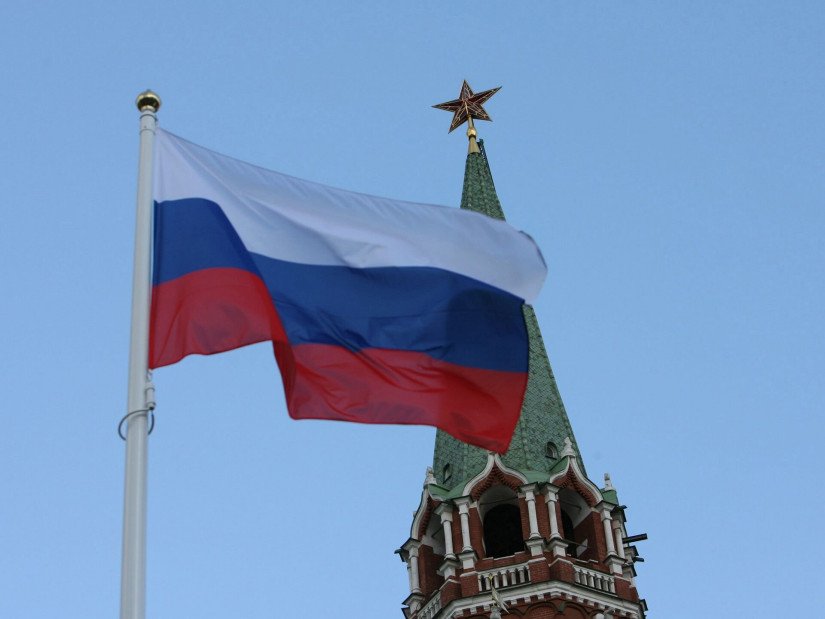On April 24, 2025, Russia plans crypto exchange to establish a state-backed platform tailored for high-net-worth investors, marking a significant step toward integrating cryptocurrency into its financial ecosystem. The Russian Ministry of Finance and Central Bank confirmed the initiative on April 23, 2025, limiting access to investors with portfolios exceeding 100 million rubles (~$1 million). Operating under a tightly regulated experimental framework, this platform seeks to legitimize crypto activities while ensuring strict oversight. This article examines how Russia plans crypto exchange, its operational framework, and its implications for the global crypto market.
Why Russia Plans Crypto Exchange

Russia plans crypto exchange to formalize cryptocurrency use within its financial system, addressing long-standing regulatory ambiguity. Announced on April 24, 2025, the platform targets qualified investors with portfolios over 100 million rubles or annual incomes above 60 million rubles (~$600,000). This elite-focused approach reflects Russia’s cautious strategy to embrace crypto adoption while minimizing risks associated with broader participation.
The initiative stems from March 2025 discussions, with the Central Bank proposing a three-year pilot for high-net-worth investors. Crypto remains prohibited for domestic payments, and the exchange will function under experimental legislation, enabling Russia to test blockchain integration securely. Industry discussions suggest the platform could help Russia navigate sanctions, facilitating cross-border trade on major blockchains.
Structure of the Planned Exchange
When Russia Opens Path to National Crypto Exchange, it envisions a platform managed by the Central Bank and Ministry of Finance to ensure robust oversight. Access is restricted to investors meeting stringent criteria: portfolios exceeding 100 million rubles, annual incomes above 60 million rubles, or professional certifications with portfolios of 20 million rubles (~$200,000). This excludes retail investors, prioritizing the ultra-wealthy to maintain stability.
The exchange may support stablecoins linked to the Chinese Yuan or BRICS currencies, enabling sanction-resistant transactions. Previous proposals in August 2024 explored crypto exchanges to address payment challenges for exporters amid U.S. restrictions. Blockchain transactions will be closely monitored for compliance, aligning with global crypto standards and ensuring transparency.
Implications for the Crypto Industry
Russia plans crypto exchange with notable implications for the crypto industry. By targeting high-net-worth investors, Russia aims to legitimize crypto while avoiding volatility from retail participation. The platform could enhance Russia’s influence in global finance, particularly in BRICS markets, where stablecoin adoption is expanding. Blockchains like Solana and Ethereum, used for cross-border transactions, may experience increased activity.
The exclusive model contrasts with frameworks like the EU’s MiCA, which promote broader access, raising concerns about inclusivity. Excessive regulation could deter developers, but market sentiment views the exchange as a positive step for crypto adoption among elites. The platform’s success depends on balancing control with innovation to attract participants.
Opportunities for Qualified Investors
Russia plans crypto exchange to provide opportunities for qualified investors. The platform enables trading on major blockchains, potentially integrating stablecoins for efficient cross-border payments. Investors can leverage Russia’s growing blockchain infrastructure, including initiatives like the Digital Rubles, to diversify portfolios. This aligns with your interest in scalable blockchain solutions (April 18, 2025).
With Bitcoin trading above $90,000, the global crypto market offers a favorable environment for high-net-worth individuals to explore DeFi and NFTs on platforms like Solana. State-backed legitimacy may attract institutional investors, enhancing liquidity and supporting Web3 growth in BRICS economies.
Challenges of the Elite-Focused Model

Despite Russia plans crypto exchange, challenges persist. The platform’s exclusivity limits its scale and liquidity compared to open exchanges like Binance. Crypto volatility, driven by U.S.-China trade tensions, poses risks for investors. Strict regulatory oversight may hinder innovation, as developers face complex compliance requirements.
Global competition from exchanges in Singapore and Dubai, which offer broader access, could overshadow Russia’s platform. Excluding retail investors may prompt public criticism, as noted in industry discussions. Russia must balance security with accessibility to ensure the exchange’s long-term success.
Looking Ahead for Russia Plans Crypto Exchange
As Russia plans crypto exchange for a 2025 launch, it positions Russia as a controlled innovator in blockchain technology. The platform could bolster financial resilience amid sanctions, leveraging stablecoins for trade. Investors should monitor on-chain activity and regulatory developments to assess its potential. With global crypto adoption rising, Russia Moves to Launch National Crypto Exchange offers a strategic, elite-focused approach to shaping the future of digital finance.




